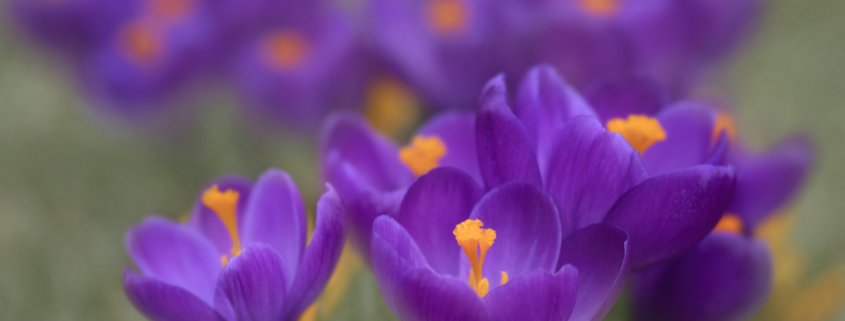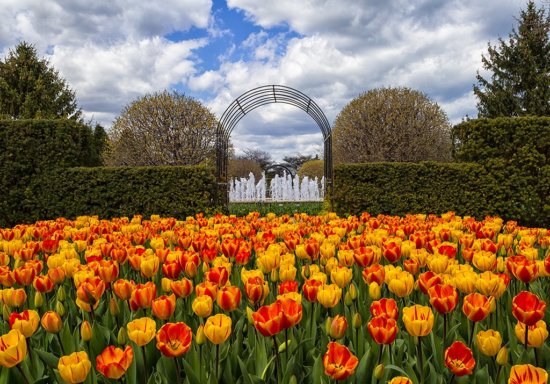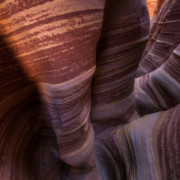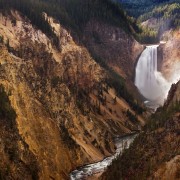Nature Photography Etiquette in Botanical Gardens
In this article, I would like to share some etiquette guidelines for photographing in a public place such as a botanic garden. Nature photography as a hobby is more popular and more accessible than ever before. As photographers, we have the privilege of capturing some of the most beautiful locations in the world, including some spectacular botanic gardens. We also have the responsibility to help protect and respect the places we photograph. The news stories are abundant. Nature photographers overrunning sunflower farms. Crowds trampling the super bloom of wildflowers in the West for a photograph. Farmers of lavender fields in Provence hanging banners saying “Respect Our Work”. These signs are in response to photographers trespassing, damaging fields, and picking crops. Do these same issues apply to botanic gardens where many nature photographers come to photograph the beauty of nature? You bet they do!
Global tourism has reached an all time high and nature photography in botanic gardens has also grown tremendously over the years. This is wonderful for the gardens, as it brings increased revenue to support the gardens and helps further educate the public about the importance of nature and the environment. Many botanic gardens do important scientific research aimed at understanding and protecting the plants so important to us. The green space gives us all a place to de-stress, unwind and be in nature. The beauty and inspiration of a garden is there for everyone that visits to enjoy, making it important that we all do our part to preserve that beauty and do no harm.
Most photographers I have worked with and most visitors to gardens show great respect for the gardens. I have on occasions; however, witnessed behavior that dumbfounded me. As gardens have more visitors, the incidents have grown.
For example, people will walk into the middle of densely planted garden beds to get a closer shot of flowers in the back, damaging flowers in the process. Similarly, I have witnessed people laying down or sitting in a bed of flowers to get an image of themselves surrounded by flowers. I have watched parents put their baby in the a bed of flowers for a photo, while the baby innocently pulls up all the flowers around her. Likewise, I have watched photographers remove flowers from a scene because he or she didn’t want them in the composition. I have witnessed photographers risking their safety and pushing aside construction barricades, ignoring signs, all to capture a single flower in bloom in a closed garden area.
As someone who has done much of my nature photography in a botanic garden, I have come to know the staff and horticulturists that work at the garden where I photograph most often, Chicago Botanic Garden. I am fortunate to live very close to this garden. The close proximity makes it a wonderful place for me to capture the beauty of nature. By taking the time to develop those relationships and learn from the staff, my respect for their dedicated work has grown deeply through the years and led me to understand that no photograph is worth damaging the careful work they do. Horticulturists are passionate about what they do and are eager to share that passion with visitors. Learning more about the subjects we photograph only serves to deepen our relationship with and respect for our subjects and, I believe, is reflected in our work.
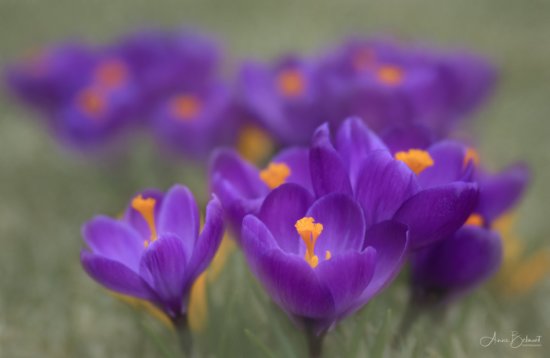
Do not alter a scene to suit your needs. Removing a few dead leaves or sticks, especially in early spring, is fine – Macro Photography by Anne Belmont
Photography Etiquette in Botanical Gardens
I have had many discussions with garden staff and horticulturists about what we can do as nature photographers to be respected and seen as an asset to the garden, rather than a nuisance. With those discussions and some research into various garden guidelines for nature photography, I have compiled the following list:
- Stay on the path or mowed lawn areas. Do not enter flower beds, plant displays, mulched areas or areas with ground cover. Walking through beds can seriously affect growth of plants. For example, there may be delicate plant life below the surface of mulch about to emerge.
- Keep tripods on the path and out of plant beds. It is often tempting to put tripods into flower beds to get closer to a subject. However, often it will damage the plants. If you can’t reach a subject, use a longer lens or choose subjects closer to the path.
- Check the tripod policies of each garden you visit as they may vary from garden to garden. Some gardens allow tripods anytime outdoors but may have restrictions for indoor greenhouse or conservatory use. Tripod use at special flowers shows, such as the popular dahlia shows or orchid shows may be prohibited or limited to special hours. Most botanic gardens post their tripod policies online or will happily discuss over a phone call.
- Keep paths accessible for all guests, being careful not to block paths with tripods and other equipment. Be especially vigilant for handicapped individuals that might need more space to navigate a pathway.
- Do not alter a scene to suit your needs. Leave deadheading or clipping any plant material to the horticulturists. Carefully removing a few dead leaves or sticks from a small scene in the early spring is fine. However, larger clean-ups are the job of staff.
- Using clothespins or clamps to move plant material out of the way is usually allowed in gardens as long as you are gentle and not damaging the plant in any way. If you are using printed backgrounds on boards to provide a simple background for your subject or diffusers to soften the light, be gentle and place them carefully. Using backgrounds of any kind at flower shows and with more delicate flowers like orchids is usually not allowed. Save that for your shooting at home.
- Do not remove plant ID markers. This is one of the biggest pet peeves of horticulturists about photographers. Often photographers will move a marker out of their photo and place it to the side or put it somewhere it doesn’t belong. One horticulturist relayed a story to me of how such an act took him three hours of research to figure out which variety of echinopsis the stray marker belonged to. If a plant ID marker is in your way, choose another subject or move in closer to eliminate the signage.
- Lastly, practice patience. If there are people in your shot, don’t ask them to move. They have just as much right to be in the garden as you do. If you wait, they will move on. Shooting early in the morning or late in the afternoon will help you capture larger garden scenes without the crowds, and light is often better during those times, as well.
By following these simple nature photography guidelines, we improve the relationship photographers have with the gardens they visit. In addition, we alleviate the need for tigher guidelines which would limit our access to opportunities to photograph. Gardens compose these guidelines with the nature photographer in mind. Portrait and wedding photographers observe other guidelines while doing photoshoots within botanic gardens.
Get out and enjoy the beauty gardens bring to our lives. However, always remember and respect the hard work by both the staff and mother nature.

